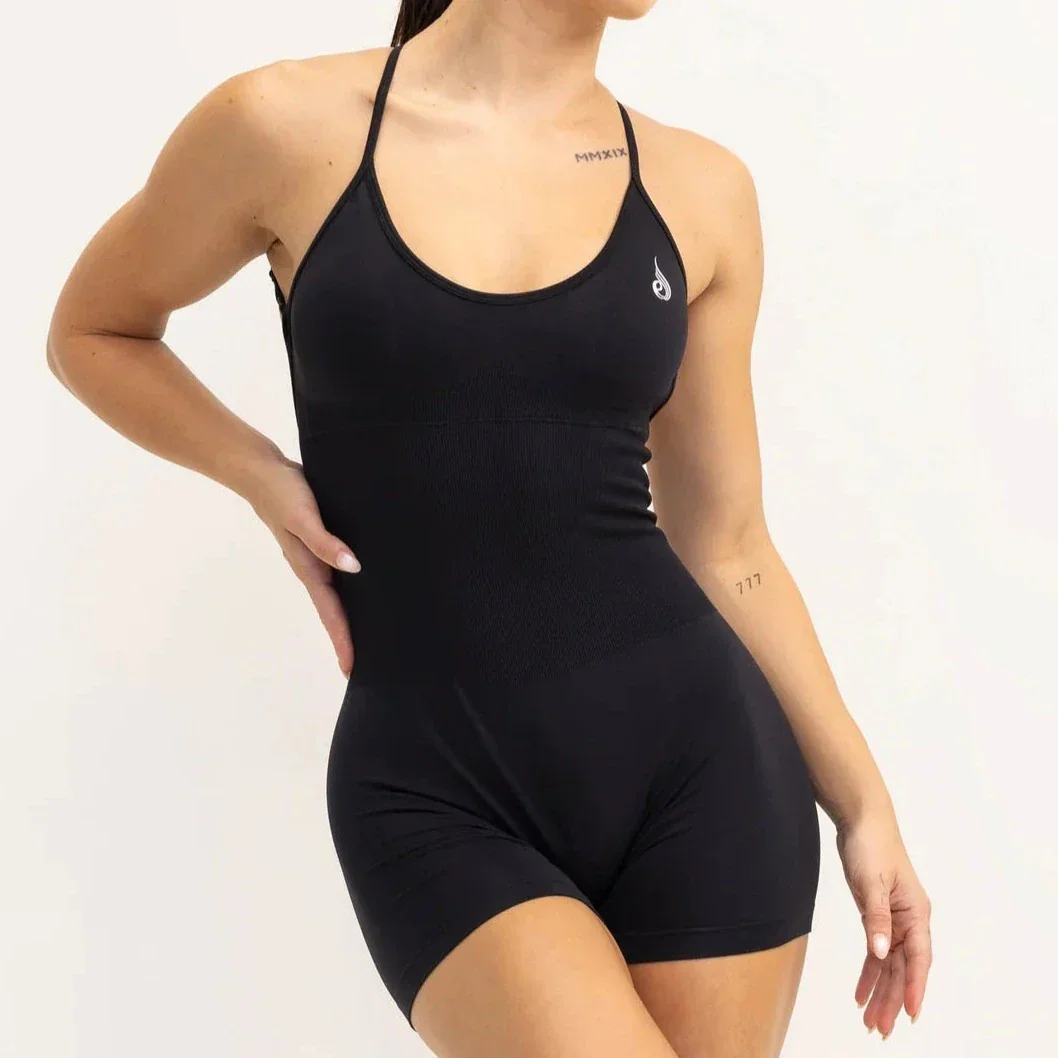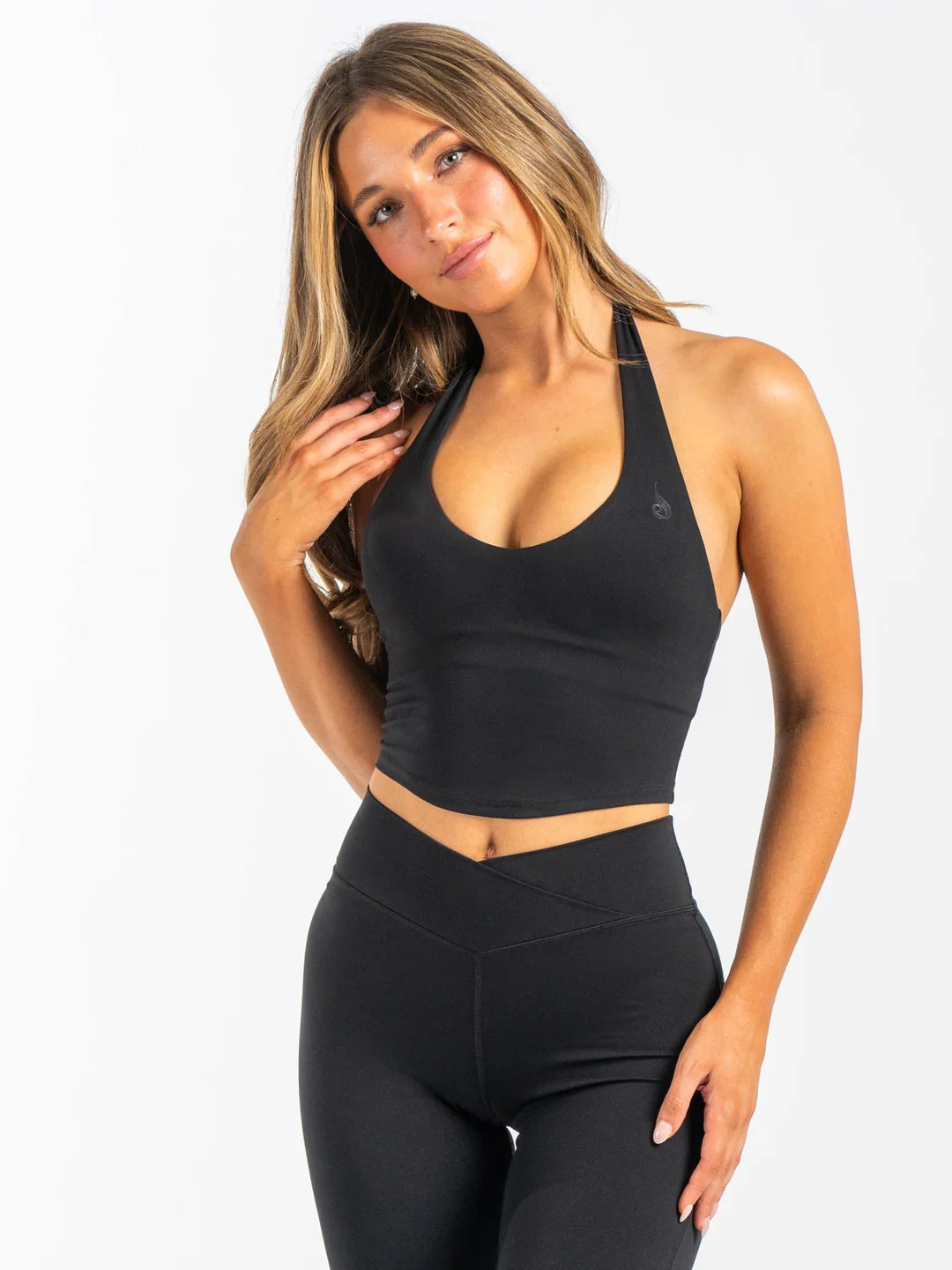If you’ve ever shopped for gym apparel and wondered — is Ryderwear sustainable or just another fitness fashion brand? — you’re not alone.
As someone who works in activewear manufacturing and sustainability with FuKi Gymwear,
I’ve looked closely at Ryderwear’s materials, ethics, and manufacturing to understand how eco-friendly it really is.
Let’s dive into the facts behind Ryderwear’s sustainability claims — and what that means for athletes and new fitness brands.
Table of Contents
- Quick Answer: Is Ryderwear Sustainable?
- 1. What Makes a Brand “Sustainable”?
- 2. Ryderwear’s Sustainability Efforts
- 3. Areas Where Ryderwear Can Improve
- 4. Ryderwear vs Sustainable Competitors
- 5. How Consumers Can Choose Better Activewear
- FAQs
- Build Your Own Sustainable Activewear Brand with FuKi Gymwear
Quick Answer: Is Ryderwear Sustainable?
Ryderwear is partially sustainable, but not fully eco-certified.
While the brand focuses on ethical production and offers some eco-friendly fabrics, it still relies heavily on synthetic materials like polyester and elastane.
In short:
- ✅ Ethical practices: improving
- ⚙️ Materials: mostly synthetic
- 🌿 Sustainability certification: limited

Ryderwear is moving in the right direction, but not yet a “green” brand by global sustainability standards.
1. What Makes a Brand “Sustainable”?
Before judging Ryderwear, it’s important to define what “sustainable” means in activewear.
A truly sustainable brand should:
- Use eco-certified or recycled fabrics (like RPET or bamboo fiber).
- Maintain ethical labor conditions.
- Focus on low-impact dyeing and packaging.
- Offer durable products that reduce fast fashion waste.
- Provide transparency about sourcing and production.
🌍 At FuKi Gymwear, we work with OEKO-TEX and GRS-certified factories to ensure that every legging, bra, or hoodie meets international sustainability standards.
2. Ryderwear’s Sustainability Efforts
Ryderwear, founded in Australia in 2009, has made visible progress toward sustainability, especially after 2020.
Here’s what they’re doing right:
| Category | Ryderwear’s Effort |
|---|---|
| Packaging | Uses recyclable mailers and paper wrapping |
| Materials | Launched a limited “Evolve” collection using recycled nylon |
| Labor | Partners with certified manufacturers for fair work practices |
| Longevity | Focus on high-quality, long-lasting gym apparel |
| Transparency | Openly discusses material performance and durability |
💬 As a manufacturer, I appreciate that Ryderwear designs for longevity — one of the most under-rated forms of sustainability.
3. Areas Where Ryderwear Can Improve
While Ryderwear has taken small steps, it still has a long way to go to reach the standards of truly sustainable brands.
| Area for Improvement | Current Challenge | Suggested Action |
|---|---|---|
| Material Source | Heavy use of polyester & elastane | Introduce more recycled yarns (RPET, bamboo, Tencel) |
| Certification | No global eco-certifications yet | Seek OEKO-TEX or GRS compliance |
| Transparency | Limited supply chain data | Publish annual sustainability report |
| Circularity | No take-back or recycling program | Launch “re-wear” or recycling initiative |

⚙️ In sustainability, progress is about measurable change — not just marketing language.
4. Ryderwear vs Sustainable Competitors
Here’s how Ryderwear compares with leading eco-conscious gymwear brands:
| Brand | Country | Sustainability Level | Materials Used | Price Range (USD) |
|---|---|---|---|---|
| Ryderwear | 🇦🇺 Australia | Moderate | Polyester, Elastane, some recycled nylon | $50–$100 |
| Lululemon | 🇨🇦 Canada | Strong | Recycled nylon, bluesign® fabrics | $80–$150 |
| Girlfriend Collective | 🇺🇸 USA | High | Recycled PET, eco dyeing | $60–$120 |
| FuKi Gymwear (OEM) | 🌏 China | Flexible | Custom eco fabrics (RPET, bamboo, organic cotton) | MOQ-based |
💡 Ryderwear is improving, but brands that start with eco-production in mind — like Girlfriend Collective or FuKi Gymwear — can go further.
5. How Consumers Can Choose Better Activewear
If sustainability matters to you, here’s what to look for before your next purchase:
- ✅ Check fabric labels: Prefer recycled nylon, bamboo, or organic cotton.
- ✅ Research brand transparency: Look for sustainability reports.
- ✅ Buy for longevity: Fewer, better-quality pieces reduce waste.
- ✅ Support small eco-focused manufacturers: Like FuKi Gymwear, who produce responsibly for multiple global brands.
🌿 Every eco-conscious purchase — no matter how small — helps shift the fitness industry toward responsibility.
FAQs
Q1: Is Ryderwear a sustainable brand?
A: Partly. It’s improving with recycled materials but not fully sustainable yet.
Q2: Does Ryderwear use eco-friendly fabrics?
A: Only in select collections, such as “Evolve.”
Q3: Is Ryderwear ethically made?
A: Yes, they work with certified manufacturers with fair labor practices.
Q4: What’s the most sustainable alternative to Ryderwear?
A: Brands like Girlfriend Collective or FuKi Gymwear for eco-materials and ethical sourcing.
Build Your Own Sustainable Activewear Brand with FuKi Gymwear
If you’re inspired to create your own eco-conscious fitness line,
FuKi Gymwear can help you make it happen — sustainably.
We offer:
- 🌿 Recycled & organic fabrics (RPET, bamboo, Tencel)
- 🧵 OEM/ODM manufacturing for leggings, bras, and gym sets
- 🏷️ Private labeling and custom logo printing
- 🚀 Low MOQ for startups
- 🌍 Global delivery with ethical production standards
At FuKi Gymwear, we combine style, performance, and sustainability —
helping brands build a greener future in activewear manufacturing.

